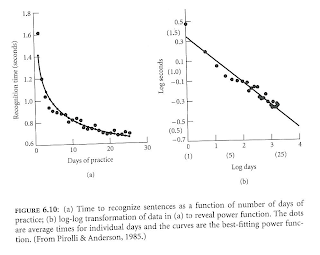About the same time, I was watching the Super Soccer Skills DVD by Dan Metcalfe. In this video, Dan demonstrates a bunch of drills that can be done in the living room in front of the TV. The drills are all footwork drills, dribbling in place. The DVD fits right in with the fundamental skill of soccer as shown in the Coerver pyramid below, ball mastery. In particular, beginning players (like my kids) really benefit from spending lots of time with the ball at their feet, learning the feel of the ball and how it responds to various types of dribbling, turning and passing.

Coerver Pyramid of Player Development (coerversoccer.com)
Now the really cool thing about the drills in Dan's video is that its the kind of thing that can be practiced every day. It doesn't require good weather, special equipment, etc. The problem with these drills is that they are a bit too hard for young kids to do and also they are quite boring (according to my boys). Also, my boys already have so many daily requirements such as chores, piano practice, daily reading and math that I hesitate to add another requirement. (Interesting how Scott's first grade class has gone to daily, at home, extra practice of fundamental skills like reading and math.)
But, I really like the concept of trying to work in extra soccer practice when the kids would be watching TV anyway. The key, I think, is to make practicing fun enough that they'll want to do it. So I put two and two together and came up with a set of quick and simple activities that kids can do indoors to work on their soccer footwork (with minimal damage to the furniture). And, I'm working on an idea for incorporating these activities into some type of game, to make the drills less mechanical and more fun. So far, the game is coming together nicely. I'll post back here if anything comes of it.









